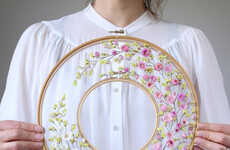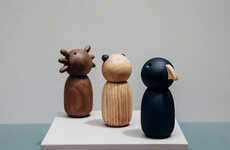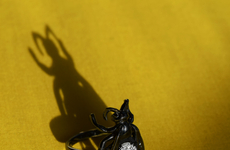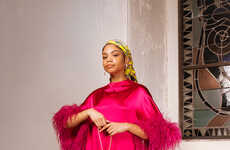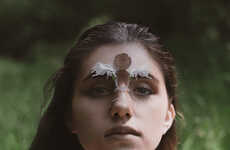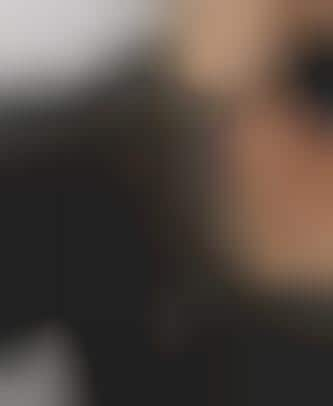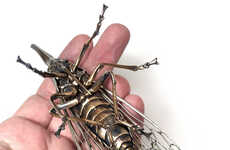
The Taxidermic Designs of Julia DeVille are Perishingly Poetic
Amelia Roblin — September 11, 2010 — Art & Design
There is a mournful beauty to the brooches, bracelets and necklaces that make up the taxidermic designs of Julia DeVille. The Melbourne-based Kiwi Artist has always had a fascination for death and design, so naturally, the artist gives expired animals a second life in her fashion and home accessories.
The taxidermic designs of Julia DeVille are a form of natural preservation to the natural beauty of her subjects. Composed with chain, ribbon and fabric, the unconventional collection of art objects has a spirited elegance.
The taxidermic designs of Julia DeVille are a form of natural preservation to the natural beauty of her subjects. Composed with chain, ribbon and fabric, the unconventional collection of art objects has a spirited elegance.
Trend Themes
1. Taxidermic Fashion - Opportunity to create innovative designs that fuse taxidermy and fashion, appealing to consumers looking for unique and edgy accessories.
2. Nature Preservation Accessories - Chance to develop eco-friendly accessories made from natural materials to cater to environmentally conscious consumers interested in sustainable fashion.
3. Memento Mori Jewelry - Potential to create jewelry pieces that embrace the beauty of mortality, offering customers a meaningful and personal way to connect with their own mortality.
Industry Implications
1. Fashion Accessories - Opportunity for fashion accessory brands to explore unconventional materials and designs, adding a touch of macabre to their collections.
2. Eco-friendly Fashion - Opportunity for eco-conscious brands to incorporate sustainable materials and production methods into their accessory lines, appealing to environmentally aware consumers.
3. Fine Jewelry - Opportunity for jewelry brands to create a line of memento mori-inspired pieces, catering to customers seeking unique and thought-provoking jewelry with a deeper symbolism.
5.2
Score
Popularity
Activity
Freshness

